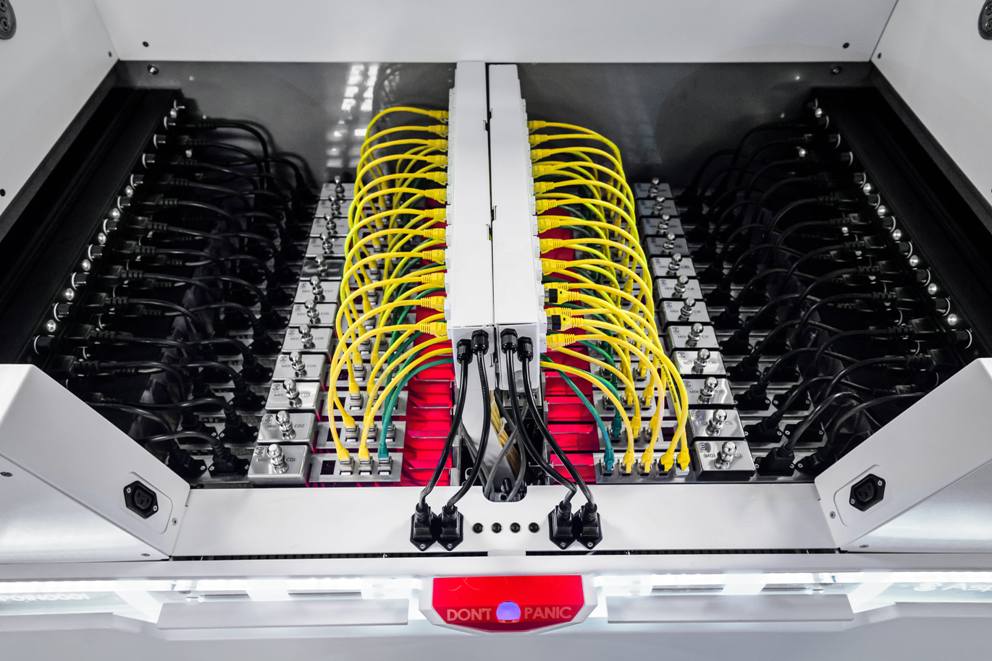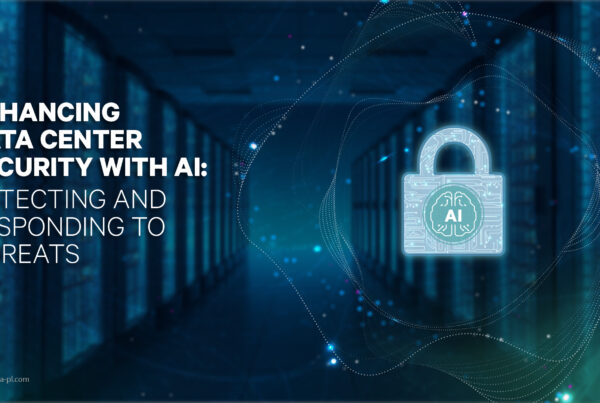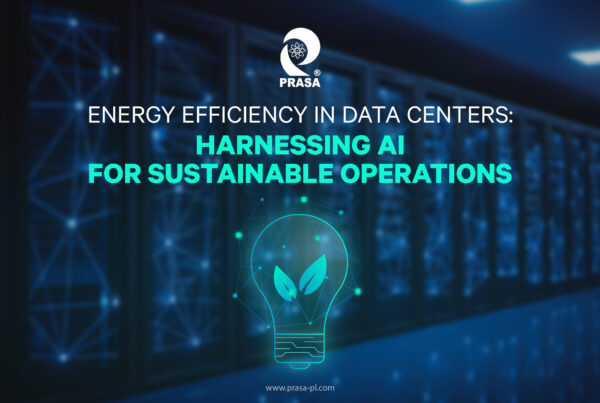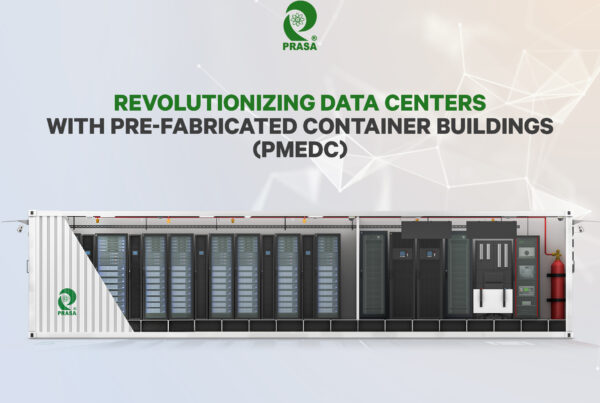When liquid cooling was initially introduced, it was just not convenient for data centers because it was leaky and it was pricey. In due time, air cooling became the cooling method of choice, as it was more feasible. After all, air cooling only needed the previously installed air conditioning systems to be expanded to cool the IT equipment.
Air cooling continues to be a popular method of cooling today, but it has some pretty evident drawbacks, which call for an alternative method to come in. On the other hand, liquid cooling has substantially evolved over the years and is looking completely ready to take over by addressing the current problems.
Let me elaborate, air cooling is expensive to maintain, it consumes a huge amount of power, creates massive carbon footprint, lets in air pollutants, and forms condensation drops, which reduces the life of the equipment. Liquid cooling, on the other hand, is no longer pricey, it has fixed its leaking problem, it is very easy to maintain, and very easily scalable. It also eliminates the air pollutants, thus increasing the lifespan of the data center equipment. It consumes much less power, which is also recyclable, making it easy-on-pocket and environment-friendly.
Data centers are no longer what they used to be. The upheaval in digital technology with the rise of social networks, big data, content delivery networks, the explosive growth of mobile data and IoT devices, and the advent of 5G has completely changed the way we consume and store data. The data center facilities today aim to pack the racks to capacity, which calls for a more efficient and targeted approach to cooling, and frankly, air cooling no longer makes the cut to fit the changing demand of the data centers.
The limitations of air cooling had created a void, requiring a more productive and cost-effective cooling method. Thus liquid cooling has started making its way by expanding its reach with new technologies and developments.
The prime issue with liquid cooling had been psychological; it used to cause an instinctive reluctance, as it involves mixing expensive IT equipment with water. Just being comfortable with water in a data center can be a big step for some, but this concern has gone away as people have started to understand the technology.
A more recent approach of liquid cooling – Immersion, is now gaining some attention with its promising performance. It involves placing the system in a bath of non-flammable, non-conductive (dielectric fluid), which absorbs the heat from the system and prolongs the life of the equipment by eliminating pollutants. One more such technology is Micro-chip cooling technology that aims at absorbing heat at source by circulating an equipment safe fluid. It functions at the microprocessor level and can cool the chip much faster than the traditional air cooling method.
These technologies remove water as the cooling liquid from the equipment location, limiting it to heat exchangers in case of immersion technology, which also protects the expensive IT equipment in case of any mishap.
The current data center progressions are asking for a change in state of the cooling technique and liquid cooling sure seems to be the answer to that.
Liquid cooling has filled in the loopholes left by air cooling and seems set to take over the data center industry, and it will definitely be a wonderful change to witness. A new era of much quieter data centers, with pleasant working conditions, is surely something to look forward to.





